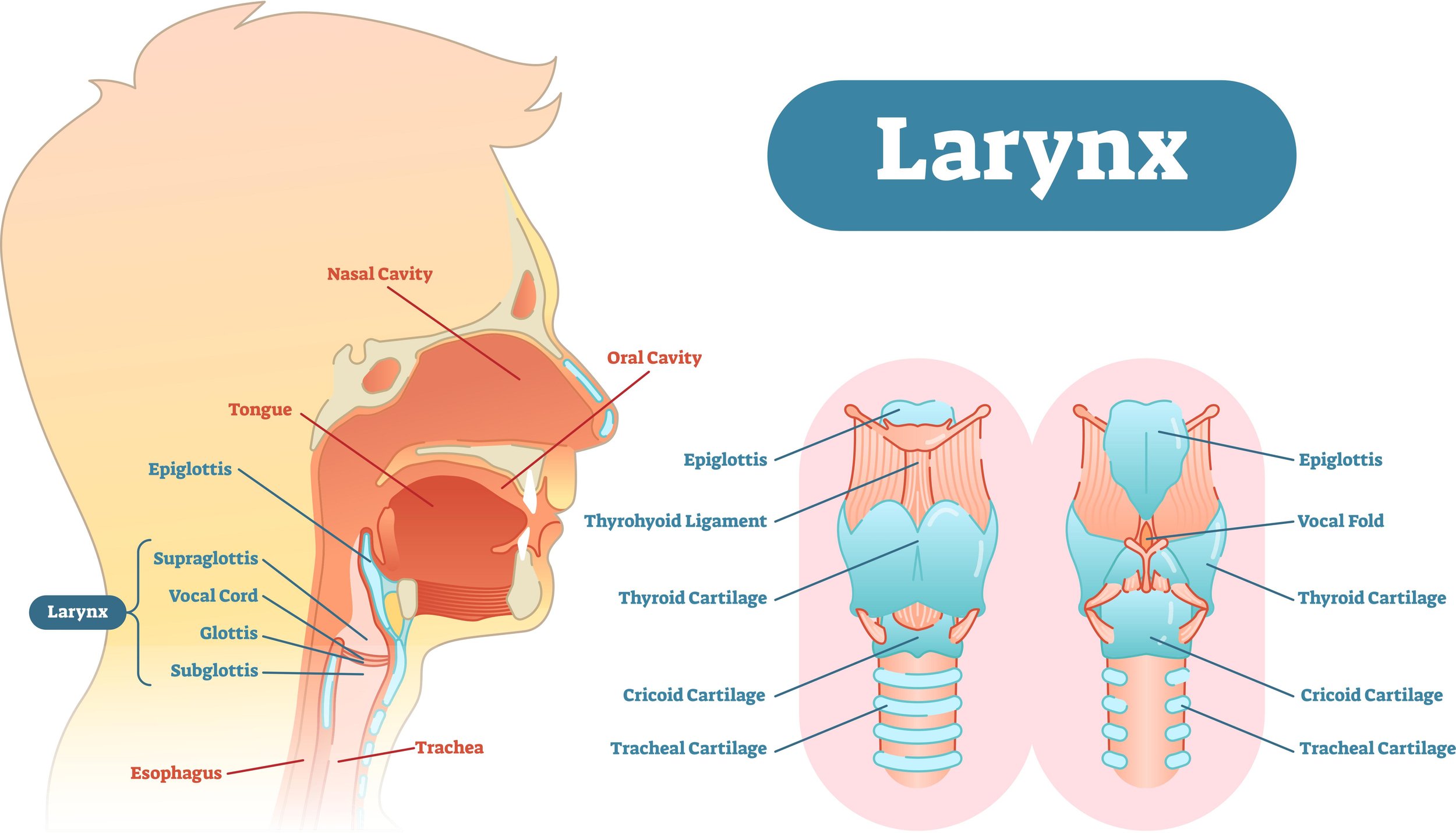How to Improve Your Vocal Range: Easy Exercises for All Levels
When it comes to gender affirming voice training and singing, expanding your vocal range is often one of the most exciting goals.
Increasing your range can lead to more vocal flexibility, expressiveness, and confidence. For many, this process is empowering and meaningful, especially when it aligns with their goals for gender affirming voice work.
So, how do you improve your vocal range?
It’s not just about hitting higher or lower notes. It's about building the strength and flexibility of your vocal folds and learning to control your breath. As you go, you'll discover how different exercises can open up new parts of your voice.
Let’s dive into a few tried-and-true methods that can help you develop a wider, more expressive range.
How to Improve Your Range
Lip Trills
Lip trills are one of the most effective exercises for expanding your vocal range. They warm up your vocal cords, improve breath control, and gently ease your voice into new territory.
How to Do It: Start by gently blowing air through your lips, making them vibrate in a loose “brrrr” sound. Once you’re comfortable with this, add some pitch—starting low and gradually sliding upward or downward in a smooth motion. Think of it as a vocal massage for your folds.
Tip: Keep your breath flowing consistently and avoid forcing the sound. The more relaxed your lips and vocal cords are, the easier it will be to extend your range. Notice if you tend to get louder as you go higher. Try to stay at the same volume as you glide up.
Arpeggios on Different Vowel Sounds
Using arpeggios is a great way to build vocal agility and stretch your range. Arpeggios are when you sing the notes of a chord one at a time, like stepping up and down a staircase.
By pairing this exercise with different vowel sounds, you’ll discover how certain vowels help you access different parts of your voice more easily.
How to Do It: Sing a simple arpeggio on vowels like "ah," "ee," "oh," and "oo." Each vowel can have a slightly different effect on your vocal tract, making some parts of your range feel more accessible. For example, "ee" might help you access your higher notes, while "ah" could be better for your middle or chest voice.
Tip: Be mindful of how your body feels with each vowel sound. If one feels easier, use it to guide your voice into new parts of your range. Another great option for extending your vocal range is Sirens or Glissandos. These exercises focus on smooth transitions between your registers and help you gradually expand both your high and low ends.
Sirens or Glissandos
Sirens, or glissandos, mimic the sound of a police siren, allowing you to stretch and explore your full vocal range smoothly without abrupt breaks. This exercise helps with vocal coordination and strengthens the connection between your chest, mixed, and head voices.
How to Do It: Start on a comfortable note in your lower register, then smoothly slide up in pitch to your highest possible note, and back down again, like a continuous "woooo" sound.
As you practice, try extending your high and low points bit by bit, focusing on keeping the transition smooth and controlled.
Tip: Don't rush! Take your time with each siren, making sure your breath flows freely and you aren’t straining to reach the extremes. This exercise helps develop range while keeping your voice relaxed and flexible.
Putting It All Together
Improving your vocal range is a gradual process that takes time, patience, and consistency. By incorporating exercises like lip trills, arpeggios on different vowels, and sirens into your routine, you can build the strength and flexibility needed to expand your range safely.
Remember, your voice is unique, and finding your true voice means working with it, not against it. Stay mindful of how your body feels, take breaks when necessary, and celebrate the small wins along the way. With practice, you'll discover new layers to your voice that you never thought possible!
Are you ready to dive in? Pop in for a lesson so we can work on your range together! :)























